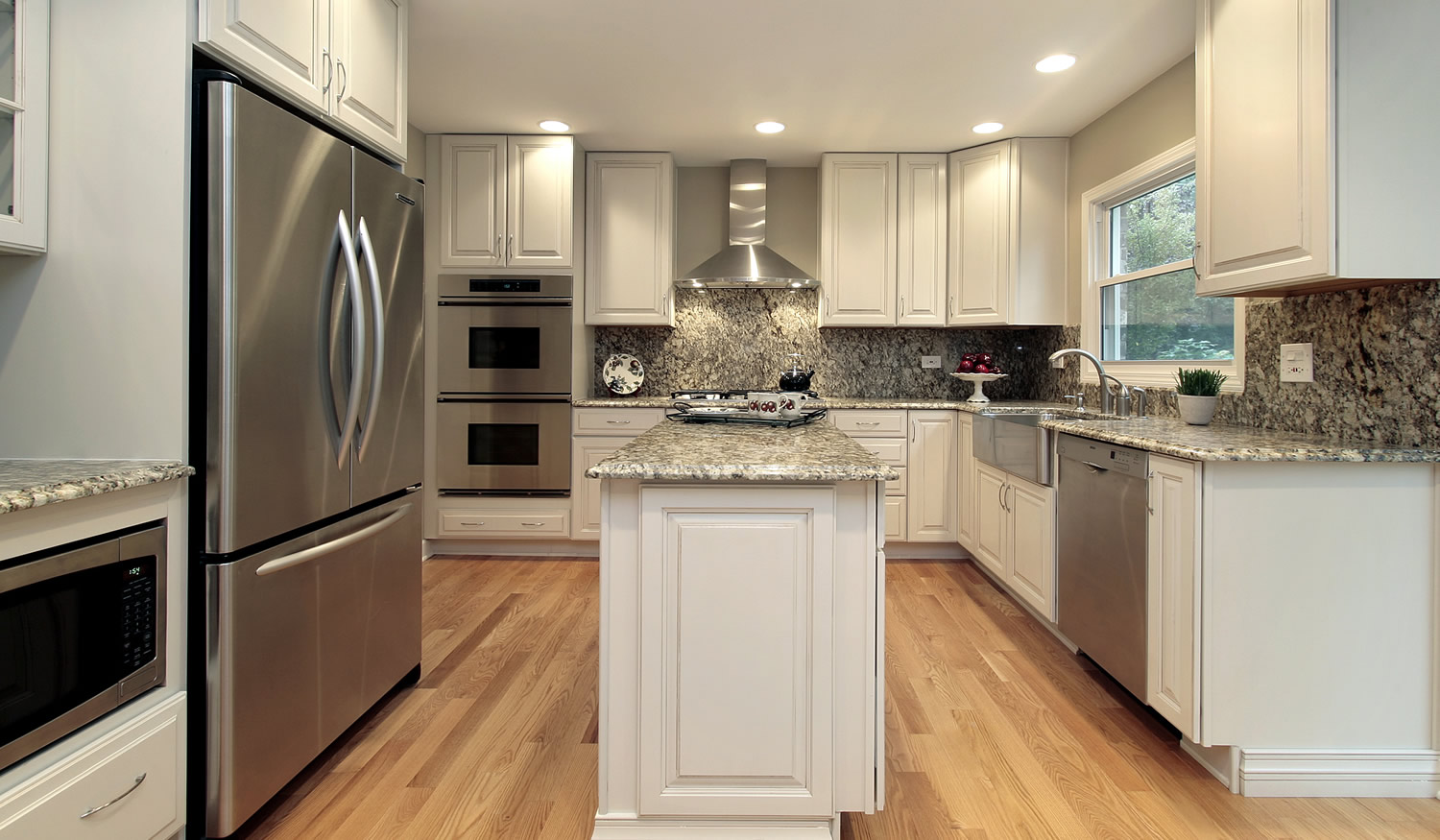
The number of young adults on middle incomes owning a home has more than halved in twenty years with rising house prices.
Research from the Institute for Fiscal Studies (IFS) has found young adult first time buyers aged 25 to 34 years with middle incomes have reduced from 65% twenty years ago to 27% in 2016.
This group of young adults were born in the late 1980s and have after-tax incomes (including income of a partner) of between £22,200 and £30,600 per year.
Of those young adults from more advantaged backgrounds 43% own their own home, significantly more than those with parents in low-skilled occupations where 30% owned a home.
A lack of new house building drives prices higher deterring homeowners from moving, encouraging remortgage buyers to stay and improve their homes.
House price rise reason for collapse
The key reason for the decline in homeownership over the last two decades is due to house prices rising 152% after adjusting for inflation from £79,000 in the mid-1990s to £198,000 in 2016.
Net family incomes of those aged 25 to 34 years rising 22% in real terms whereas property values are seven times higher.
The IFS research attempts to capture different trends and compares house prices for an individual’s region with net incomes by constructing a ratio between the two.
For the UK as a whole the median house price to income ratio for those aged 25 to 34 has increased from four times to eight times in the last twenty years.
Almost 90% of 25 to 34-year olds face average regional house prices of at least four times their income.
Twenty years ago less than 10% of this age group faced house price to income ratios of 10 times and this has increased to almost 40% by 2016.
With competition from buy-to-let investors and reduced supply of suitable properties, prospective home buyers must continue renting and saving for a bigger deposit.
London ratios highest in the country
In the capital the house price to income ratios has risen from 11.5 times in 2008 to 15.7 times in 2016 and the differences in this ratio across the country are much larger now that twenty years ago.
Outside of London the stabilisation of prices since the financial crisis will slow the decline in homeownership.
Strong house price growth means first time buyers would require larger deposits or higher earnings to purchase their first home.
For home movers leaving areas with the highest rising values such as London to areas with lower growth, allows them to buy a larger home or can reduce their mortgage.
In South East half of 25 to 34-year olds experience house price to income ratios of at least 10 and in London this is the case for three-quarters of young adults.
Young adults may be able to receive help to buy their first home from grandparents that have considerable value in their properties.
The rise in house prices allows the older equity release buyer to stay in their home while accessing the wealth in their property with a lifetime mortgage, gifting to a grandchild the deposit on their first home.
What are your next steps?
Call our LCM mortgage brokers for advice if you are a first time buyer, want to remortgage your existing home for the best mortgage deal, moving home or you are a buy-to-let investor.
For equity release buyers our London City Mortgage advisers can recommend lifetime mortgages allowing you to receive cash from your property to repay an interest only mortgage or help your children start or expand a business.
Learn more by using the property value tracker chart, mortgage costs calculator and equity release mortgage calculator. Start with a free mortgage quote or call us and we can take your details.
Use your dashboard to access online mortgage quotes, money off vouchers and start your mortgage application online 24/7 on desktop, tablet or smartphone.

